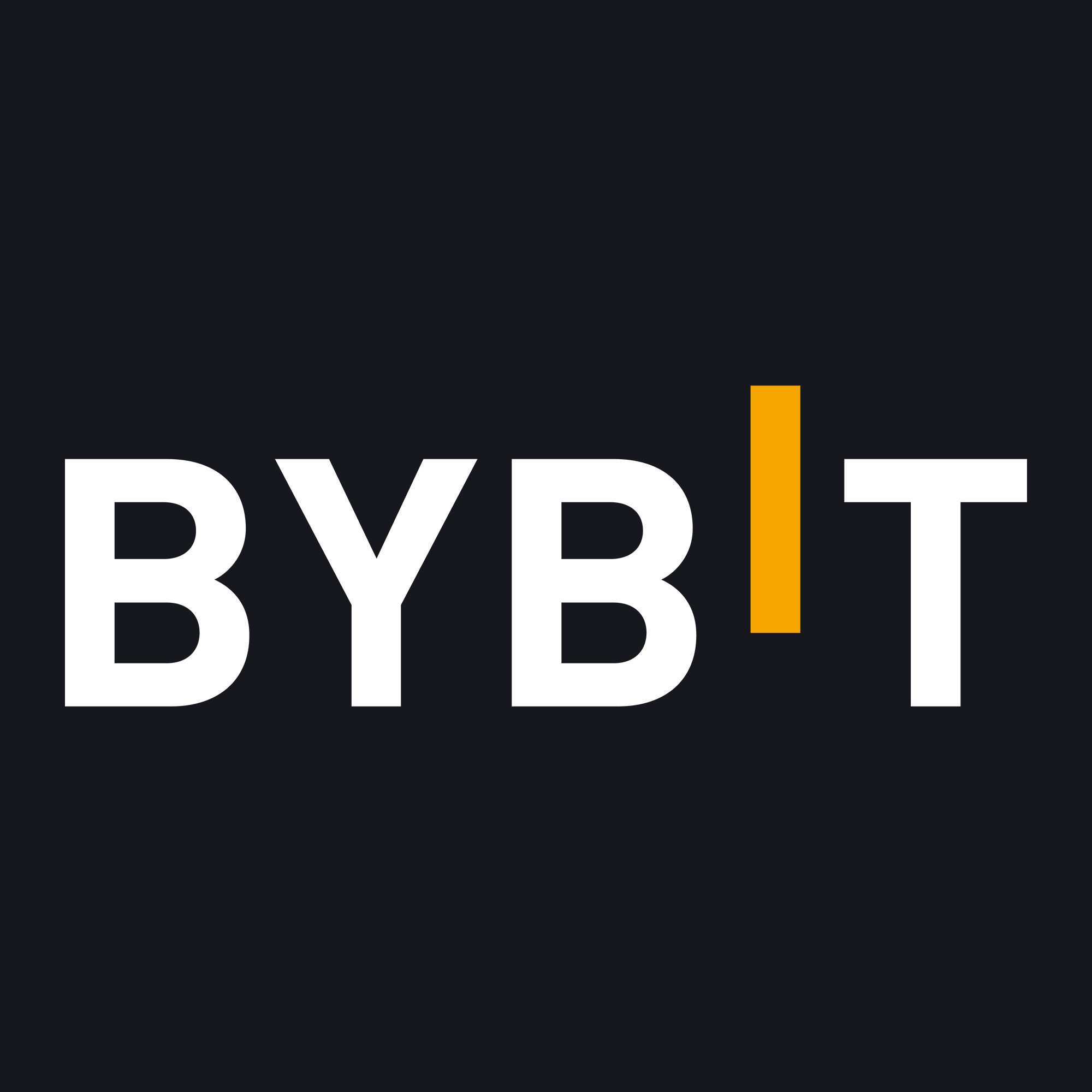Introducing the Project Behind CBAT
CBAT has emerged as a distinctive digital asset that aims to transform how decentralized finance protocols function within the broader blockchain landscape. This initiative revolves around the concept of algorithmic lending and borrowing, granting third-party platforms the capacity to integrate flexible interest rates for various cryptographic assets. By leveraging unique smart contracts, it offers automated features to streamline the management of collateral, repayments, and overall liquidity. These mechanisms have been recognized by numerous industry participants as a strategic advancement, since they give lenders, borrowers, miner, and everyday traders immediate access to diverse markets. Additionally, growing interest from users looking to buy into innovative DeFi assets has further solidified the coin’s relevance. Analysts in the blockchain ecosystem find this project intriguing because it seeks to reduce friction between lending protocols and everyday traders.
Current Market Overview
Current developments indicate that trading activity for this digital asset stands at notably low levels, with reported daily volumes occasionally registering under one thousand dollars. Market observers have highlighted that the coin is trading around the $0.002593 mark, reflecting a fluctuation of approximately 3% in recent sessions. The most recent recorded range is between $0.002544 and $0.002685, suggesting some volatility but not the high turnover typically seen in more heavily traded tokens. Additional statistics show a total circulating supply of about 6,372,452,215 units, leading to an overall market capitalization of approximately $16,522,320. According to real-time trackers, the all-time peak of $0.2474 represents a significant milestone, whereas the lowest observed level of $0.001845 underscores the volatility associated with emerging decentralized finance tokens.
Although the CBAT’s popularity surged during past market upswings, recent data suggests that certain institutional participants might be sidelined, awaiting clearer indicators. Traders who wish to analyze momentum often refer to on-chain charts, social media news, and broader crypto currency prices live to gauge sentiment. Given the token’s lingering price points, some participants might evaluate whether it is better to buy or sell at these levels. Observers note that its technical performance hinges on overall blockchain adoption and decentralized finance usage. Some essential aspects influencing the market environment include:
- The project’s integration in the broader network of algorithmic lending
- The pace of innovation in decentralized finance protocols
- Competitive alternatives launched across other exchanges
- Shifting user attitudes toward yield-bearing decentralized applications
The overall market context, regulatory updates, and regional demand are among the factors influencing trading interest in the coin. It is not unusual for smaller-cap assets to experience a substantial gap between their current crypto prices live and broader market sentiment. For this reason, individuals who track today price shifts and other on-chain developments may find themselves re-evaluating short-term and long-term objectives. Meanwhile, the possibility of new partnerships remains an attractive variable that could influence real price movement.
Forecasting Future Value of CBAT
Anticipations regarding the future worth of this decentralized finance asset center on whether it can surpass existing market boundaries. Projections often hinge on user adoption levels, total value locked in lending protocols, and the broader sentiments surrounding algorithmic borrowing mechanisms. Experts might leverage a calculator to compare potential gains or losses under diverse price scenarios. Analysts who seek to form a CBAT (CBAT) price outlook commonly investigate on-chain data, user retention rates, and improvements to underlying protocols.
Nonetheless, there is always a measure of unpredictability in any cryptocurrency, and the platform’s evolution may face potential headwinds. These can include security considerations around smart contracts, competition from other decentralized applications, and broader global economic concerns. It is noteworthy that blockchain projects heavily influenced by lending activity can experience amplified market fluctuations. The historical context shows a historical high at $0.2474 and a historical low at $0.001845, underscoring the possibility of sharp value swings. Consequently, predictions must factor in liquidity conditions, user growth, and general acceptance of decentralized money markets.
Industry participants frequently publish news today about trends in decentralized finance, which can sway short-term trading patterns. For instance, if a platform unveils new features or clarifies additional governance structures, it might shift perceptions and increase inflows of capital.
Understanding the Token’s Price and Worth
Examining the price prediction necessitates a careful look at supply-and-demand fundamentals, platform adoption, and the reliability of automated lending features. Historical patterns reveal that the token’s value has tracked broader cyclical movements within the blockchain sector, rising significantly during bullish intervals and receding when market sentiment deteriorates. A primary factor that often dictates interest in this asset is the allure of decentralized finance yields, particularly when interest-bearing strategies become more popular among crypto holders. Traders typically compare the token’s metrics to the stock price of traditional equities or the live crypto prices of leading digital assets in order to gauge relative performance.
Industry commentators sometimes remind potential participants that blockchain-based solutions – such as those discussed in CBAT coin price prediction analyses – carry intrinsic risks related to adoption, innovation pace, and systemic vulnerabilities. As part of assessing the current price of the token, they also study user adoption metrics, competitor performance, and risk levels. Every token’s valuation can be influenced by events such as platform upgrades, code audits, or expansions of the project’s governance structure.
Exploring the Network Behind the Token
The decentralized infrastructure that supports this lending protocol depends on robust smart contract architecture, a supportive community, and well-defined governance rules. Developers have addressed various upgrades over time, aiming to reduce the risk of liquidation pitfalls while fine-tuning interest rate algorithms. Since the token is nested within the Ethereum ecosystem, it leverages a widely recognized standard, enabling compatibility with multiple dApps and broad wallet integrations. This factor has proven instrumental in spurring adoption, as individuals can easily transfer their holdings to different staking platforms or liquidity pools.
A critical dimension lies in verifying that the ecosystem can handle a wide array of user-driven transactions without sacrificing speed or affordability. Observers regularly analyze metrics such as average block times, network fees, and adoption rates. Many participants consider whether the platform’s approach to decentralized lending can thrive in an environment where many DeFi services compete for attention.
Investors also monitor how this network handles potential congestion when usage spikes or how it remains effective against emerging vulnerabilities such as flash loan exploits. The success of the platform may also depend on whether new features like cross-chain compatibility, advanced mining rewards, or updated lending parameters are introduced. Meanwhile, some participants express optimism that expansions or partnerships with prominent decentralized finance protocols could boost utility and drive attention from a broader range of digital asset enthusiasts.
When considering the CBAT coin market cap, it is prudent to note that the project’s total value stands near $16,522,320 as of recent data, which places it on the fringes of the top 1200 coins, according to some rankings. This moderate scale can either indicate an opportunity for growth if adoption spikes or potential stagnation if there is insufficient expansion of its user base.
CBAT Launch Timeline
The initial rollout of the project dates back to an era when decentralized finance was still in its formative stages, and participants were beginning to recognize the vast potential for permissionless financial services. Over time, the development team steadily refined the system, focusing on security audits, stable interest rate formulas, and user-friendly dashboards. Milestones occurred as the community embraced improvements designed to refine lending and borrowing mechanics. Early adopters noted that the project’s backing by a respected group of blockchain contributors instilled a measure of confidence, although caution remained paramount due to the volatility inherent in any digital asset.
Between major Ethereum network upgrades, the project’s contract also underwent modifications that introduced certain protocol optimizations. The community, in parallel, debated governance proposals that addressed issues such as expanded collateral types, new deposit incentives, or streamlined liquidation procedures. These initiatives were implemented sequentially, further embedding the coin into decentralized finance circles. The token’s price soared during bull-market intervals and contracted during downturns, mirroring patterns witnessed across the wider digital asset space. The coin remained a focal point for yield farmers and DeFi enthusiasts alike, with the CBAT coin price reflecting shifts in protocol utility, market sentiment, and overall liquidity trends.


 Trade Now ByBit
Trade Now ByBit